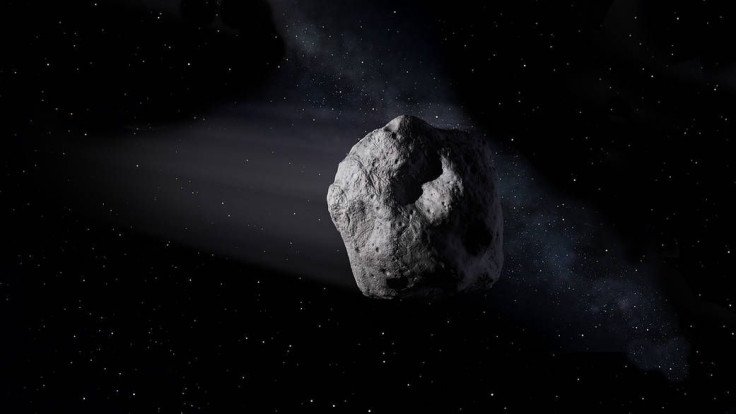Asteroid Discovered Last Week To Safely Pass Earth This Week
KEY POINTS
- An asteroid that was spotted last week will make a close approach to Earth on Thursday
- It does not pose any danger to the Earth despite the close flyby
- Patient sky watchers may catch a glimpse of the asteroid
A recently discovered asteroid is set to make quite a close approach to Earth this week but it is expected to safely pass by.
It was only last week, Sept. 18, when a small asteroid was first observed but it is already expected to make a close approach to Earth this week. Dubbed 2020 SW, the asteroid some 14 to 32 feet in diameter is expected to safely pass the Earth on Thursday at about 7:18 am EDT, at a distance of just 17,556 miles from the Earth, EarthSky reports.
This means that 2020 SW will pass closer to Earth than some geostationary satellites but, it does not pose any danger as there is said to be no chance that it will hit the planet.
Asteroid 2020 SW appears to orbit the sun every 372 days and, based on the data from NASA's Jet Propulsion Laboratory (JPL), its close approach to Earth prior to Thursday's likely happened on Sept. 19, 2019. JPL has also calculated future close approaches of 2020 SW through to 2067, which is a close approach of Venus on Aug. 11 of that year.
Information on such close approaches is vital in keeping tabs on the celestial objects that could possibly affect the Earth. According to the Center for Near Earth Object Studies (CNEOS), asteroids larger than 100 meters are expected to reach the planet's surface and cause local disasters about every 10,000 years. Because of this, experts are continuously and carefully trying to improve the efforts in the search for large NEOs.
"Great care must then be taken to verify any Earth collision predictions that are made," CNEOS explains. "Given the extremely unlikely nature of such a collision, almost all of these predictions will turn out to be false alarms. However, if an object is verified to be on an Earth colliding trajectory, it seems likely that this collision possibility will be known several years prior to the actual event."
In the case of 2020 SW, it was found a week before its close approach and it does not pose any risk for the Earth. It may, however, give patient sky watchers something to look forward to as EarthSky reports that it is expected to brighten as it makes its close approach.
Although it will not be visible with the naked eye, those using a telescope may catch a glimpse of the asteroid, especially at its brightest in the early hours of Thursday, just before dawn. As the outlet explains, the asteroid will just look like a star but, it will likely change positions fast within just five minutes, marking that it is an asteroid and not another star in the sky.

© Copyright IBTimes 2025. All rights reserved.





















